Home>diy>Architecture & Design>How Much Does House Design Cost
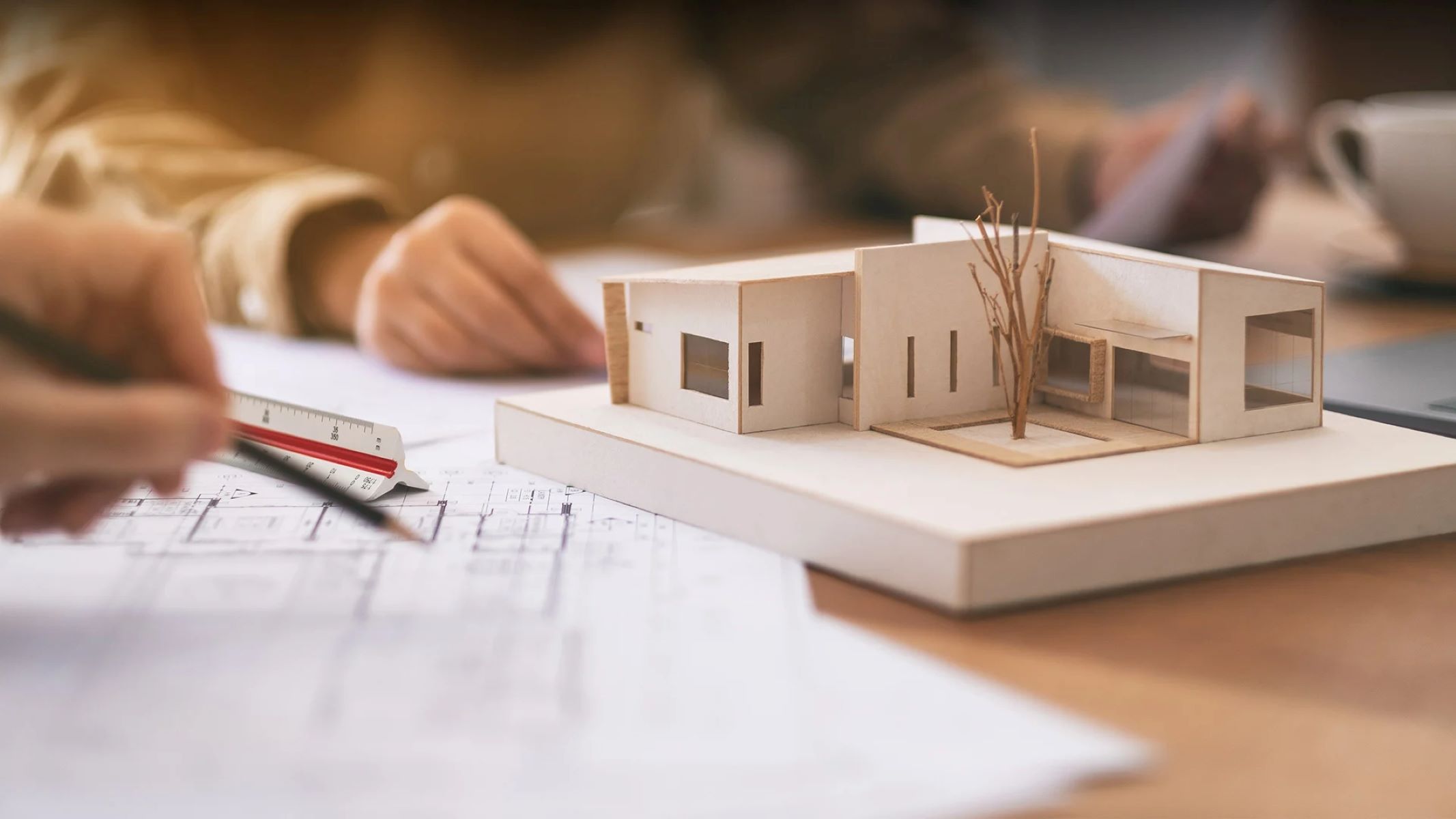

Architecture & Design
How Much Does House Design Cost
Modified: March 24, 2024
Find out the average cost of house design with our architecture design services. Explore affordable options for your dream home.
(Many of the links in this article redirect to a specific reviewed product. Your purchase of these products through affiliate links helps to generate commission for Storables.com, at no extra cost. Learn more)
Introduction
In the realm of architecture and design, creating a house that truly reflects your vision and lifestyle is an exciting endeavor. From the initial concept to the final construction, there are numerous factors that come into play. However, one crucial aspect that often occupies the minds of homeowners is the cost of house design.
Understanding the various factors that affect house design costs is essential for anyone embarking on this journey. From architectural fees to interior design costs, structural engineering fees to building permit expenses, there are many elements to consider. By having a comprehensive understanding of these factors, you can better plan and budget for your dream home.
In this article, we will delve into the different aspects that contribute to house design costs. We will explore the fees associated with architectural services, interior design, and structural engineering. Additionally, we will discuss the expenses related to building permits, site analysis and surveying, construction drawings and documentation, as well as material and finishing selections. Furthermore, we will provide some tips for managing these costs effectively.
By the end of this article, you will have a clearer understanding of the intricacies of house design costs. Whether you are considering a full-scale renovation or building a new home from scratch, this knowledge will empower you to make informed decisions throughout the design process. So, let’s dive in and explore the world of house design costs together.
Key Takeaways:
- Understanding the various factors that impact house design costs, such as architectural fees, material selections, and additional expenses, is crucial for effective budget planning and informed decision-making throughout the design process.
- By prioritizing must-have features, working with a professional team, and budgeting for contingencies, homeowners can effectively manage house design costs without compromising on quality or their design vision.
Factors Affecting House Design Costs
When it comes to designing a house, the cost can vary significantly based on several factors. Understanding these factors is crucial as it allows homeowners to better plan and allocate their budget. Let’s explore some of the key factors that affect house design costs:
1. Size and Complexity of the House: The overall size and complexity of the house play a significant role in determining the design costs. Larger homes require more materials and labor, which can increase construction and design expenses. Similarly, houses with unique architectural features or complex layouts may require more time and expertise, leading to higher design costs.
2. Design Style and Customization: The design style and level of customization can also impact the cost. Certain architectural styles or intricate design elements may require specialized expertise and craftsmanship, which can increase the overall design expenses. Customized features, such as built-in cabinetry, unique lighting fixtures, or custom millwork, can also add to the cost of design and materials.
3. Location and Site Constraints: The location and specific site conditions can influence house design costs. Factors such as the topography, soil conditions, and proximity to utilities can impact the design and construction process. In some cases, additional site preparation or foundation work may be required, which can add to the overall design expenses.
4. Material Selections and Finishes: The choice of materials and finishes can significantly impact the design costs. High-end materials, such as hardwood flooring, stone countertops, or customized fixtures, tend to be more expensive than standard options. Additionally, unique or rare materials can come with higher price tags, affecting the overall design budget.
5. Energy Efficiency and Sustainability: Incorporating energy-efficient and sustainable features into the house design can impact the cost. While these features may require an upfront investment, they can lead to long-term cost savings and environmental benefits. Factors such as insulation, energy-efficient appliances, and renewable energy systems should be considered during the design phase, potentially influencing the overall costs.
6. Market Demand and Geographic Location: The overall demand for design services and the geographic location can also influence house design costs. In areas where there is high demand, design professionals may charge higher fees for their services. Additionally, the cost of materials and labor can vary depending on the local market conditions, affecting the overall design budget.
These are just some of the key factors that can impact house design costs. Every project is unique, and it’s important to work closely with architects, designers, and contractors to get an accurate estimate based on your specific requirements and preferences. By understanding these factors, you can make informed decisions and create a design plan that aligns with your budget and vision.
Architectural Fees
When it comes to designing a house, one of the most significant costs to consider is the architectural fees. Architects play a crucial role in bringing your vision to life and ensuring the functionality, aesthetics, and structural integrity of your home. Understanding architectural fees and how they are determined is essential for effective budget planning. Let’s explore the factors that affect architectural fees:
1. Scope of Services: The scope of services provided by the architect will have a direct impact on the fees. Architectural services may include initial design concepts, creating construction drawings, obtaining permits, overseeing the construction process, and more. The more extensive the scope of services, the higher the fees are likely to be.
2. Experience and Reputation of the Architect: The experience and reputation of the architect can influence the fees they charge. Highly experienced architects who have a proven track record of successful projects may command higher fees due to their expertise and reputation. However, it’s important to note that the cost of hiring an architect should not be the sole determinant. Consider factors such as their portfolio, communication skills, and compatibility with your vision.
3. Project Complexity and Size: The complexity and size of your house design will also impact the architectural fees. Larger and more complex projects that involve unique features or intricate details will require additional time and expertise, which will be reflected in the fees. On the other hand, smaller and simpler projects may have lower architectural fees.
4. Location and Local Rates: The geographic location of your project plays a role in determining architectural fees. Rates can vary from region to region based on the cost of living, market demand, and local competition. Architects in major cities or upscale suburbs may charge higher fees compared to those in smaller towns or rural areas.
5. Project Budget and Timeline: The project budget and timeline can also influence architectural fees. If you have a tighter budget or a condensed timeline, the architect may need to allocate additional resources and work more efficiently, which could result in higher fees. It’s important to communicate your budget and timeline expectations clearly with the architect from the beginning to avoid any surprises.
6. Additional Services and Consultations: In some cases, you may require additional services or consultations beyond the core architectural services. This could include interior design, landscape design, structural engineering, or sustainability consulting. Each additional service will come with its own set of fees, and it’s important to account for these when planning your budget.
Remember, the architectural fees are an investment in creating your dream home. It’s important to have open and honest communication with the architect to ensure that their services align with your vision and budget. Obtaining multiple quotes from different architects and comparing their proposals and fees can also help you make an informed decision. By understanding the factors that influence architectural fees, you can better plan and allocate your budget for a successful house design project.
Interior Design Fees
When designing your house, the interior design plays a crucial role in creating a cohesive and aesthetically pleasing space. Interior designers are skilled professionals who specialize in creating functional and visually appealing interiors that reflect your style and meet your needs. Understanding interior design fees is essential when planning your budget. Let’s explore the factors that affect interior design fees:
1. Scope of Services: The scope of services provided by the interior designer will directly impact the fees. Interior design services can range from space planning and concept development to material and furniture selections, color schemes, and accessorizing. The complexity and extent of services required will influence the fees charged.
2. Experience and Expertise: The experience and expertise of the interior designer will also impact the fees. Highly experienced designers who have a strong portfolio and a reputation for delivering exceptional results may charge higher fees. Their expertise, knowledge of the latest design trends, and ability to source unique materials and furnishings can contribute to higher charges.
3. Project Size and Complexity: The size and complexity of your project will affect the interior design fees. Larger spaces or projects that involve multiple rooms or unique architectural features may require more time and resources. This can result in higher fees as the designer needs to allocate additional effort to address the complexities of the project.
4. Design Style and Customization: The design style and level of customization can also influence interior design fees. Customized features, bespoke furniture, and intricate details may require the designer to collaborate with artisans, craftsmen, or specialized suppliers, which can increase the cost. Additionally, certain design styles that require specific materials or finishes may come with higher fees.
5. Location and Local Rates: Like architectural fees, interior design fees can vary based on the geographic location and local rates. Designers in major cities or upscale areas may charge higher fees due to the higher cost of living and increased competition. It’s important to research and compare rates in your area to ensure you are getting a fair price.
6. Project Timeline: The timeline of your project can also impact interior design fees. If you have a tight deadline, the designer may need to allocate additional resources or work outside of regular hours to meet your project’s timeline. This additional effort and flexibility may result in higher fees.
7. Additional Services and Consultations: In some cases, you may require additional services beyond the core interior design. This could include 3D rendering, project management, or coordination with contractors and suppliers. Each of these additional services will come with its own set of fees, so it’s important to discuss and clarify the scope of services with your designer.
Interior design fees are an investment in creating a space that aligns with your vision and enhances your lifestyle. It’s important to have open and transparent communication with the designer about your budget and expectations. Obtaining quotes from multiple designers, reviewing their portfolios, and discussing their design approach can help you make an informed decision. By understanding the factors that influence interior design fees, you can budget effectively and create a home that reflects your unique style and personality.
Structural Engineering Fees
When it comes to house design, ensuring structural integrity is of utmost importance. Structural engineers play a crucial role in ensuring that your home is safe, secure, and built to withstand the forces of nature. Understanding the fees associated with structural engineering services is essential for effective budget planning. Let’s explore the factors that affect structural engineering fees:
1. Complexity of the Structure: The complexity of the structure is one of the primary factors that influence structural engineering fees. The more complex the design and construction, the more time and expertise required from the structural engineer. Factors such as unique architectural features, extensive cantilevers, or intricate support systems can increase the complexity and the associated fees.
2. Size of the Project: The size of the project, including the square footage and the number of floors, can impact the structural engineering fees. Larger projects generally require more extensive calculations and analysis, leading to higher fees. Additionally, projects with multiple buildings or structures on the same property may also incur additional costs.
3. Design Modifications and Customization: If your design includes modifications or customizations that deviate from standard structural systems, the structural engineer may need to spend more time and effort to ensure the design remains safe and compliant with building codes. These design changes may increase the fees charged by the structural engineer.
4. Site Conditions and Geological Challenges: The site conditions and geological factors can also influence the structural engineering fees. Sites with challenging soil conditions, such as high water table areas or expansive soil, may require additional analysis and engineering solutions. These factors can impact the complexity and time required for the engineer, resulting in higher fees.
5. Collaboration with Architects and Designers: In some cases, the structural engineer may need to collaborate closely with architects and designers to ensure the structural integrity of the design. This collaboration involves coordination, communication, and potentially complex design modifications. The involvement of multiple professionals may result in higher fees.
6. Local Regulations and Building Codes: Compliance with local regulations and building codes is paramount in structural engineering. The engineer must ensure that the design meets all the applicable codes and regulations specific to your location. In some cases, additional research and analysis may be required to ensure compliance, impacting the overall fees.
7. Project Schedule and Timeline: The project schedule and timeline can influence structural engineering fees. If your project requires expedited engineering services or short turnaround times, the engineer may need to allocate additional resources or work outside regular hours, resulting in higher fees.
It’s important to collaborate closely with your structural engineer and provide all necessary information from the start of the project. This can help ensure accurate cost estimates and efficient project execution. Obtaining quotes from multiple engineers, checking their credentials and experience, and reviewing their previous projects can help you make an informed decision. By understanding the factors that influence structural engineering fees, you can budget effectively and ensure the structural integrity of your house design.
Read more: How Much Does It Cost To Design A House
Building Permit Fees
When undertaking a house design project, obtaining the necessary building permits is a crucial step to ensure compliance with local regulations and codes. Building permit fees are charges imposed by municipalities or local authorities to review and approve construction plans. These fees contribute to the overall cost of your house design project. Let’s explore the factors that can impact building permit fees:
1. Scope and Complexity of the Project: The scope and complexity of your house design project play a significant role in determining the building permit fees. Larger projects or those involving complex architectural features, structural modifications, or mechanical systems may require more thorough plan reviews, resulting in higher fees.
2. Project Value: In some jurisdictions, building permit fees may be based on the estimated or actual construction value of the project. The idea is that higher-value projects are subject to higher fees since they typically require more extensive review and oversight from local authorities.
3. Building Size and Use: The size and intended use of the building can also influence permit fees. Certain building types, such as commercial or multi-family residential properties, may have different fee structures compared to single-family homes. Additionally, larger structures may be subject to higher fees due to their increased complexity.
4. Site Development and Environmental Considerations: If your project involves site development, such as grading, excavation, or landscaping, additional permit fees may be required. Some municipalities charge separate fees for environmental considerations, such as tree removal permits or erosion control measures.
5. Expedited Processing or Inspections: If you require expedited processing or inspections for your project, additional fees may apply. These fees cover the cost of providing faster turnaround times or accommodating special inspection requests outside of regular working hours.
6. Local Regulations and Jurisdictional Requirements: Each municipality or local authority may have its own fee schedule and requirements for building permits. It’s important to familiarize yourself with the specific regulations and fee structures in your area to accurately estimate the building permit fees.
It’s essential to consult with your local building department or permit authority to determine the specific fees and procedures for your project. They will provide you with the necessary information, required documentation, and guidance to ensure compliance with local regulations. Additionally, incorporating building permit fees into your overall budget planning will help you avoid any unexpected costs during the house design process.
Remember to budget not only for the initial building permit fees but also for any additional fees that may arise throughout the construction process, such as permit revisions or re-inspections. By understanding the factors that can impact building permit fees and working closely with the appropriate authorities, you can ensure a smooth and compliant house design project.
When budgeting for house design, consider factors such as the size of the project, complexity of the design, materials used, and the expertise of the designer. Research and get quotes from multiple designers to find the best fit for your budget.
Site Analysis and Surveying Costs
Before embarking on a house design project, conducting a thorough site analysis and surveying is essential to understand the characteristics and constraints of the property. Site analysis helps assess factors such as topography, soil conditions, drainage patterns, and environmental considerations. Surveying involves accurately measuring and mapping the land, including boundaries, elevations, and existing structures. Let’s explore the factors that can impact site analysis and surveying costs:
1. Site Size and Complexity: The size of the site and its complexity can influence the site analysis and surveying costs. Larger properties or those with irregular shapes and challenging terrain may require more time and resources for data collection and analysis. The more complex the site, the higher the costs can be.
2. Accessibility and Location: The accessibility of the site and its location can affect surveying costs. If the site is located in a remote or hard-to-reach area, it may require additional effort and resources for surveyors to access the site and conduct the necessary measurements. This can result in higher costs.
3. Level of Detail Required: The level of detail required for the site analysis and surveying can impact the costs. If a more comprehensive analysis or detailed mapping is needed, additional time and expertise from surveyors or specialists may be required, leading to higher costs.
4. Environmental Considerations: If the site analysis involves environmental factors such as wetlands, protected areas, or endangered species habitats, additional expertise and permits may be necessary. This can result in increased costs to ensure compliance with environmental regulations.
5. Surveying Equipment and Technology: The type of surveying equipment and technology used can impact the costs. Advanced technologies such as GPS, LiDAR, or drones can provide more accurate and efficient data collection but may come with higher equipment and operational costs.
6. Professional Expertise: The experience and expertise of the surveying professionals can also impact the costs. Highly skilled surveyors with specialized knowledge in site analysis or specific surveying techniques may charge higher fees for their services.
It’s important to engage qualified and licensed surveying professionals who have experience in conducting site analysis and surveying for house design projects. They will assess and provide the necessary information to architects, engineers, and other design professionals involved in the project. Collaborating closely with the surveying team and clearly communicating your project requirements and budget can help ensure accurate cost estimates and efficient data collection.
When budgeting for site analysis and surveying costs, it’s crucial to consider these factors and consult with multiple surveying professionals to obtain quotes and compare services. By investing in proper site analysis and surveying, you can make informed design decisions and optimize the use of your property for your house design project.
Construction Drawings and Documentation Costs
Construction drawings and documentation are crucial elements of any house design project. These detailed plans serve as a blueprint for the construction process and provide guidance to contractors, architects, and other professionals involved in the project. Let’s explore the factors that can impact the costs associated with construction drawings and documentation:
1. Size and Complexity of the Project: The size and complexity of your house design project will have a direct impact on the construction drawings and documentation costs. Larger or more complex projects that involve multiple floors, intricate architectural features, or custom design elements may require more extensive documentation, resulting in higher costs.
2. Detailed Layout and Specifications: The level of detail and specifications required in the construction drawings can influence the costs. If you have specific requirements for materials, finishes, or custom elements, the drawings will need to include detailed information and specifications. This additional work and coordination with suppliers or manufacturers may lead to higher costs.
3. Collaboration with Consultants: Depending on the scope of your project, you may need additional consultants, such as structural engineers, MEP (mechanical, electrical, plumbing) engineers, or landscape architects. Coordinating and incorporating their inputs into the construction drawings may require additional time and resources, resulting in increased costs.
4. Revisions and Changes: It’s common for construction drawings to undergo revisions and changes during the design process. Changes in design, materials, or client preferences can add to the overall cost. It’s crucial to establish clear communication with the design team to minimize unnecessary revisions and associated costs.
5. Software and Technology: The use of advanced software and technology in creating construction drawings can impact the costs. BIM (Building Information Modeling) software, which allows for 3D modeling and virtual walkthroughs, may result in higher fees due to the specialized expertise required.
6. Local Permitting and Code Requirements: Construction drawings need to comply with local building codes and permitting requirements. Fulfilling these requirements may involve additional documentation and coordination, increasing the overall costs.
When budgeting for construction drawings and documentation, it’s essential to work closely with your design team and clearly communicate your project goals, budget constraints, and desired level of detail. Obtaining quotes from multiple design professionals and reviewing their portfolios can help you assess their experience and pricing structure.
Remember that investing in comprehensive and accurate construction drawings and documentation is essential for the successful execution of your house design project. Delays or errors in the construction phase due to insufficient or inadequate documentation can lead to costly revisions and potential setbacks. By allocating a reasonable budget for construction drawings and documentation, you ensure a smooth construction process and mitigate risks during the building phase.
Material and Finishing Selection Costs
Selecting the right materials and finishes is a crucial part of the house design process as they greatly impact the aesthetics, durability, and functionality of your home. Choosing high-quality materials and finishes that align with your design vision and budget is essential. Let’s explore the factors that can influence the costs associated with material and finishing selections:
1. Material Type and Quality: The type and quality of materials you choose will directly impact the cost. Premium or specialized materials tend to have higher price tags compared to standard or more common options. Additionally, natural materials, such as hardwood or stone, often come with a premium cost due to their unique characteristics and sourcing.
2. Quantity and Complexity: The quantity of materials required for your project and the complexity of installation or fabrication can impact the overall cost. Larger and more intricate designs may require additional materials or expertise, leading to higher costs. Customized or bespoke material applications may also incur additional expenses.
3. Brand and Supplier: The brand and supplier you choose for your materials can affect pricing. Established brands or suppliers known for their quality may have higher costs compared to lesser-known or generic options. However, it’s important to balance cost with reliability and durability when selecting suppliers.
4. Finishes and Treatments: Different finishes and surface treatments can significantly impact the cost of materials. For example, opting for high-gloss or specialty finishes may come with higher price tags due to the additional labor or specialized techniques involved.
5. Sustainable and Eco-Friendly Options: If you prioritize sustainability and eco-friendliness in your material selections, you may encounter higher costs. Sustainable materials often require more rigorous sourcing, manufacturing, and certifications, resulting in increased pricing compared to conventional options.
6. Installation and Labor: The complexity of installation or labor required for certain materials can impact the overall cost. Intricate materials or unique design applications may necessitate specialized labor or additional time, both of which can influence the budget.
7. Shipping and Handling: If you’re sourcing materials from different locations or they need to be shipped to your site, additional costs for shipping and handling may arise. These costs can vary depending on the distance, weight, and volume of the materials being transported.
When budgeting for material and finishing selection costs, it’s essential to research and obtain quotes from multiple suppliers. Discussing your budget and requirements with suppliers can help you find a balance between cost, quality, and design intent. Additionally, working closely with your design team can ensure that material selections align with the project vision while staying within the designated budget.
Remember that material and finishing selections greatly contribute to the overall look and feel of your home. Consider your priorities in terms of aesthetics, functionality, and sustainability when making these choices. By allocating a reasonable budget for materials and finishes, you can create a space that reflects your style and meets your expectations for years to come.
Read more: How Much Does Insulation Cost For A House
Additional Costs to Consider
When planning your house design project, it’s important to consider additional costs beyond the core design and construction expenses. These additional costs can arise throughout the process and impact your overall budget. Let’s explore some of the key additional costs to consider:
1. Site Preparation: Depending on the condition of the site, additional costs may be incurred for site preparation. This can include clearing trees or vegetation, leveling the land, and addressing issues such as drainage or soil stabilization. Account for these costs when planning your budget.
2. Demolition and Removal: If there are existing structures on the property that need to be demolished and removed before starting the new construction, demolition costs should be factored in. This can involve hiring contractors, obtaining permits, and disposing of the debris properly.
3. Utility Connection Fees: When constructing a new house or making significant renovations, you may be required to connect to public utilities such as water, electricity, gas, or sewer. Utility connection fees can vary depending on location and proximity to existing infrastructure.
4. Landscaping and Outdoor Spaces: Enhancing the outdoor spaces and creating a landscape around your house may incur additional costs. This could include features such as gardens, patios, swimming pools, or outdoor structures. Consider budgeting for these elements based on your desired design and functionality.
5. Furniture and Interior Décor: Once the construction phase is complete, you will likely need to furnish and decorate the interior spaces. Budgeting for furniture, appliances, lighting fixtures, window treatments, and accessories is essential to achieve the desired atmosphere and functionality.
6. Contingency Fund: It’s advisable to set aside a contingency fund to account for unforeseen circumstances or unexpected expenses that may arise during the project. This ensures that you have a financial buffer to address any necessary changes or adjustments along the way.
7. Professional Consultations: Throughout the design and construction process, you may require additional professional consultations beyond the core design and engineering services. This can include specialists such as landscape architects, lighting designers, or sustainability consultants. Factor in the fees associated with these consultations in your budget planning.
8. Insurance and Permits: Insurance policies, such as builder’s risk insurance, and permits should be considered as part of the overall project costs. Insurance coverage protects against potential damage or accidents during construction, while permits ensure compliance with local regulations and codes.
9. Maintenance Costs: It’s important to consider ongoing maintenance costs for your house design project. This includes routine maintenance tasks, as well as any specialized maintenance required for specific materials or systems used in the construction.
By accounting for these additional costs and including them in your budget, you can ensure a more realistic and comprehensive financial plan for your house design project. Wtith careful planning and budgeting, you can avoid unexpected financial burdens and effectively manage your funds throughout the entire process.
Tips for Managing House Design Costs
Managing house design costs is a crucial aspect of any home construction or renovation project. Proper planning and budgeting can help you stay within your financial constraints while achieving your dream design. Here are some tips to effectively manage house design costs:
1. Define Your Budget: Before starting the design process, establish a clear and realistic budget. Determine how much you are willing to spend on the project and allocate funds to various aspects, including architectural services, materials, finishes, and additional costs. Having a well-defined budget will help guide your decision-making and prevent overspending.
2. Prioritize Your Must-Haves: Make a list of your must-have features and prioritize them based on importance. This will help you allocate your budget and focus on the elements that matter most to you. Understanding your priorities will prevent unnecessary spending on less essential aspects of the design.
3. Work with a Professional Team: Hiring a professional and experienced team of architects, designers, engineers, and contractors is crucial. They can provide valuable insights, help you make cost-effective decisions, and guide you through the design process. Professionals with expertise can optimize the use of your budget while ensuring quality and functionality.
4. Communicate Your Budget Clearly: It’s essential to communicate your budget expectations clearly with your design team and contractors from the beginning. This will allow them to propose appropriate design solutions and materials that align with your financial constraints. By being open about your budget, you can avoid unrealistic proposals and unnecessary revisions down the line.
5. Research and Compare Prices: Take the time to research and compare prices for materials, finishes, and other necessary items. Get multiple quotes from suppliers and source materials from reliable sources known for quality and competitive pricing. Comparing prices can help you find the best deals without compromising on quality.
6. Consider Long-Term Costs: Although it’s important to stay within your budget, also consider the long-term costs associated with design decisions. Investing in energy-efficient systems, quality materials, and durable finishes might involve higher upfront costs but can lead to savings in the long run through energy efficiency and reduced maintenance.
7. Plan for Contingencies: Set aside a contingency fund to account for unexpected expenses or changes in the design or construction process. This buffer will help you tackle unforeseen challenges without jeopardizing the overall project budget.
8. Regularly Review and Track Expenses: Keep track of your expenses throughout the design and construction process. Regularly review and analyze your spending to ensure you’re staying on track with your budget. Adjustments may be necessary along the way, and by staying proactive, you can address any potential budget overruns promptly.
9. Be Open to Value Engineering: Value engineering involves finding cost-effective alternatives that maintain the overall design intent. Work closely with your design professionals to explore options that offer the desired aesthetic and functionality while being mindful of costs. They can suggest alternative materials or construction methods that achieve your goals within your budget.
By implementing these tips, you can effectively manage house design costs while achieving a beautiful and functional living space. By staying organized, communicating your budget openly, and making informed decisions, you can create a home that meets your vision while staying within your financial means.
Conclusion
Designing a house is an exciting but complex journey that requires careful planning and budget management. Understanding the various factors that impact house design costs is essential for a successful and financially sound project. By considering factors such as architectural fees, interior design costs, structural engineering fees, building permit expenses, site analysis and surveying costs, construction drawings and documentation fees, material and finishing selection costs, and additional expenses, you can budget effectively and make informed decisions.
Throughout the journey, it’s important to work with a professional and experienced team who can guide you through the design process and help you optimize your budget while achieving your desired design and functionality. Clear communication with your design team and contractors is key, as it ensures alignment between your budget expectations and the proposed design solutions.
By researching and comparing prices, considering long-term costs, and budgeting for contingencies, you can avoid unexpected financial burdens and keep the project on track. Regularly reviewing and tracking expenses will help you stay accountable and make necessary adjustments as needed.
Remember, managing house design costs doesn’t mean compromising on quality or your vision. It’s about finding the right balance between functionality, aesthetics, and your budget. Prioritizing your must-haves and working with value engineering concepts can help you achieve your design goals without overspending.
In conclusion, by implementing the tips and strategies discussed in this article, you can navigate the house design process with confidence, ensuring that your dream home becomes a reality within your budgetary limits. With proper planning, budgeting, and a skilled team by your side, you can create a beautiful and functional living space that reflects your style, meets your needs, and brings joy for years to come.
Frequently Asked Questions about How Much Does House Design Cost
Was this page helpful?
At Storables.com, we guarantee accurate and reliable information. Our content, validated by Expert Board Contributors, is crafted following stringent Editorial Policies. We're committed to providing you with well-researched, expert-backed insights for all your informational needs.
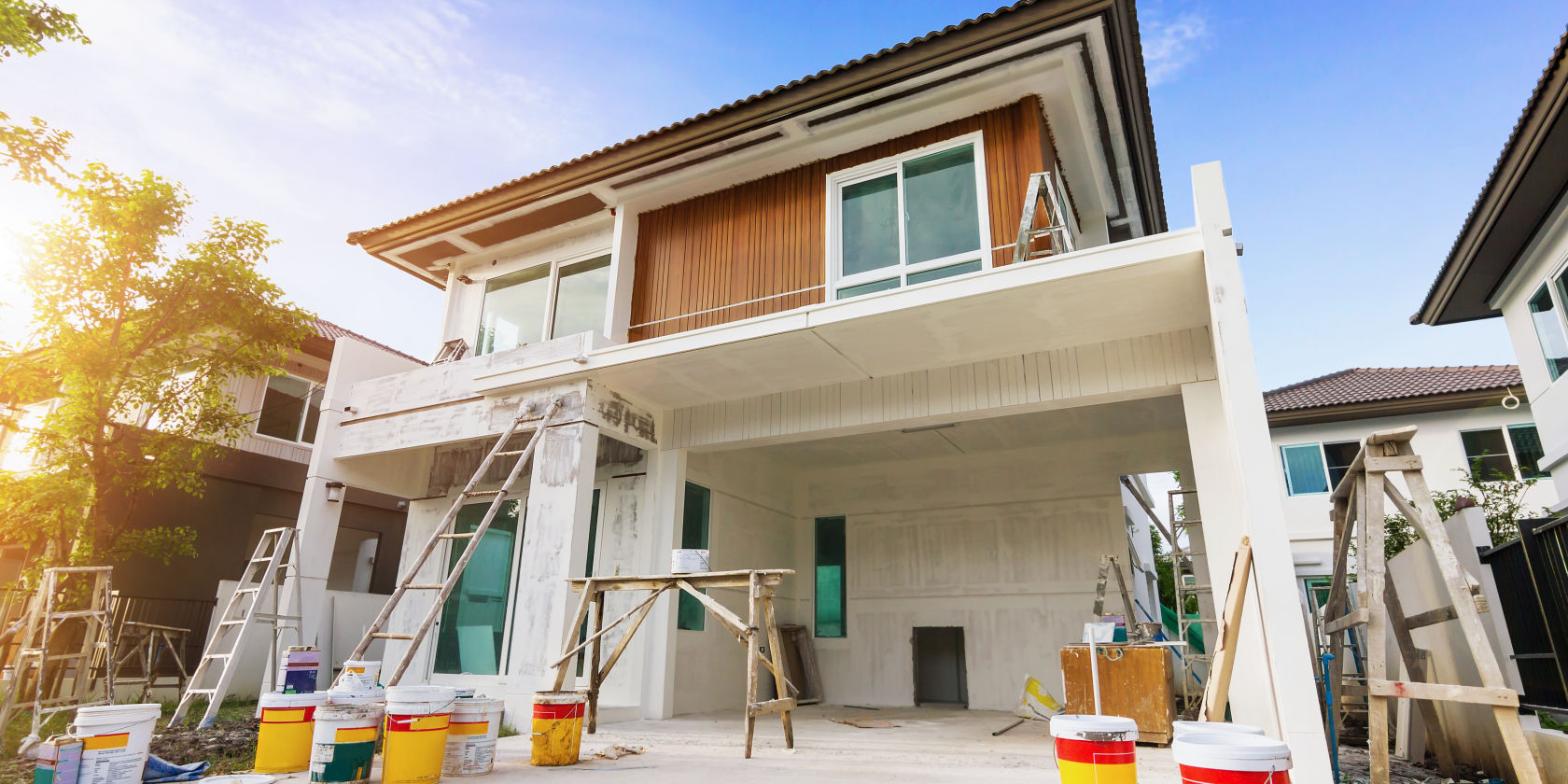
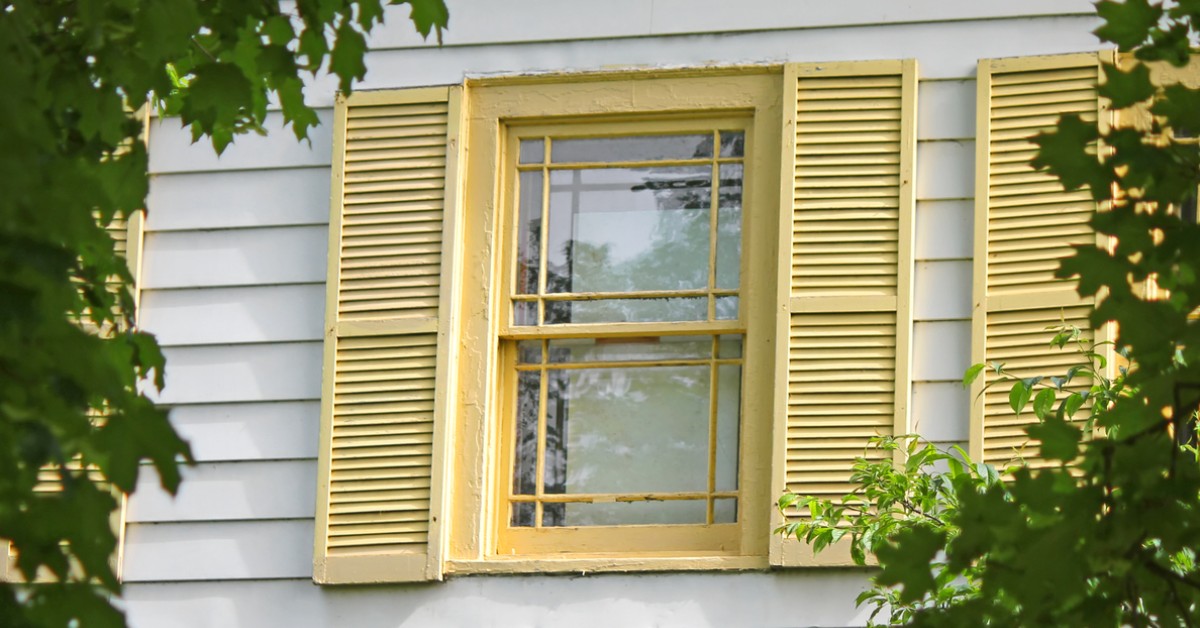

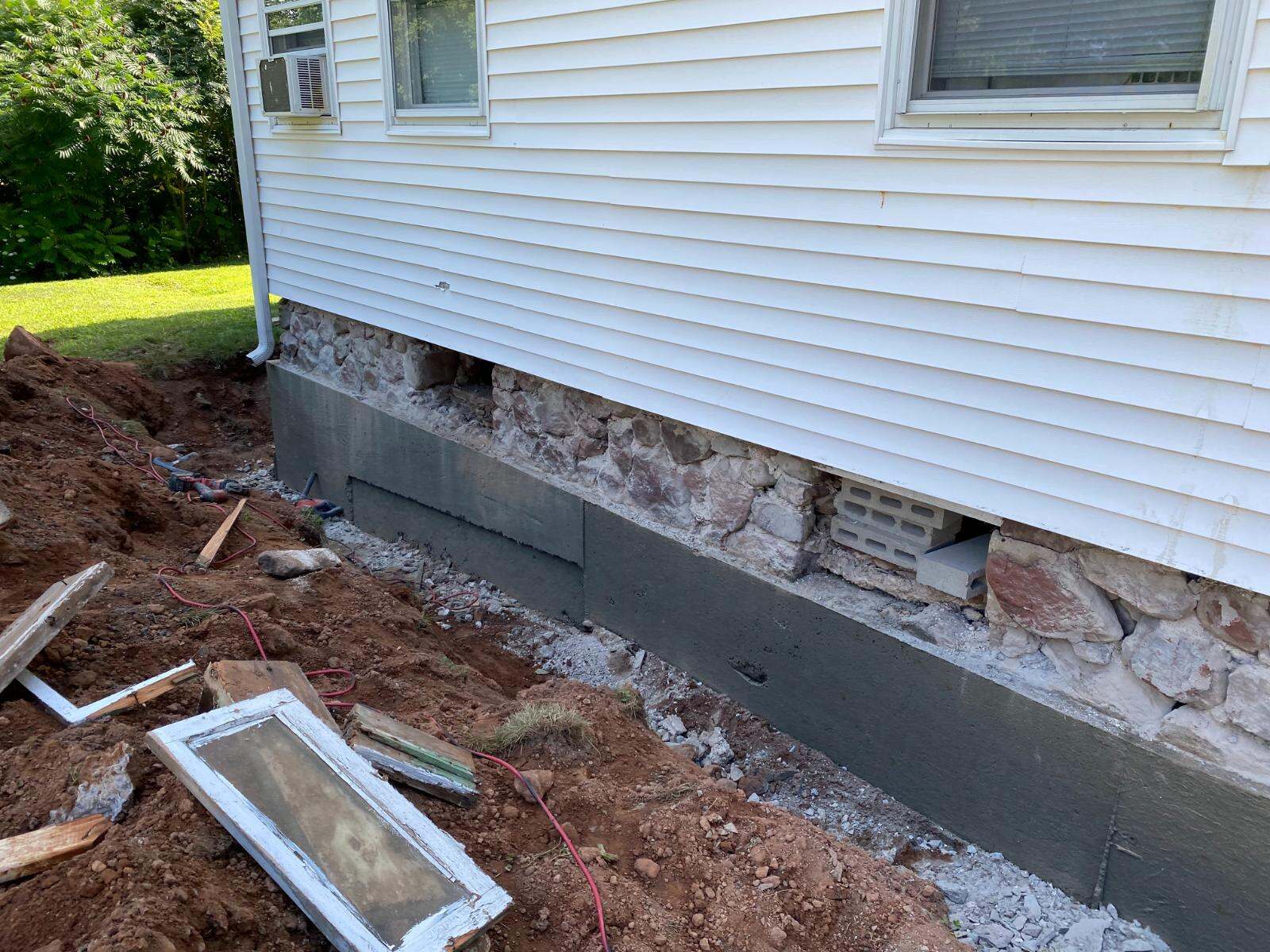
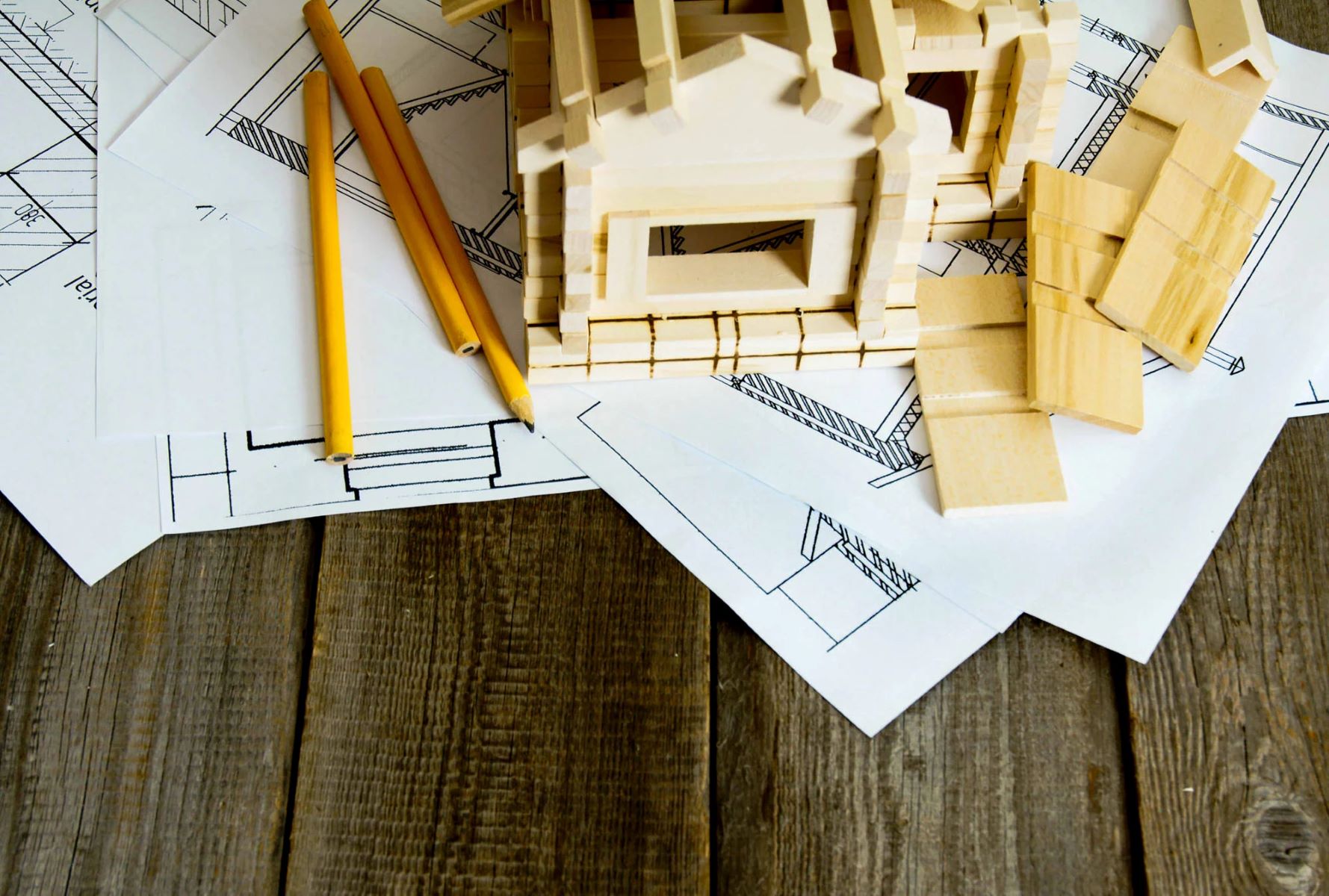
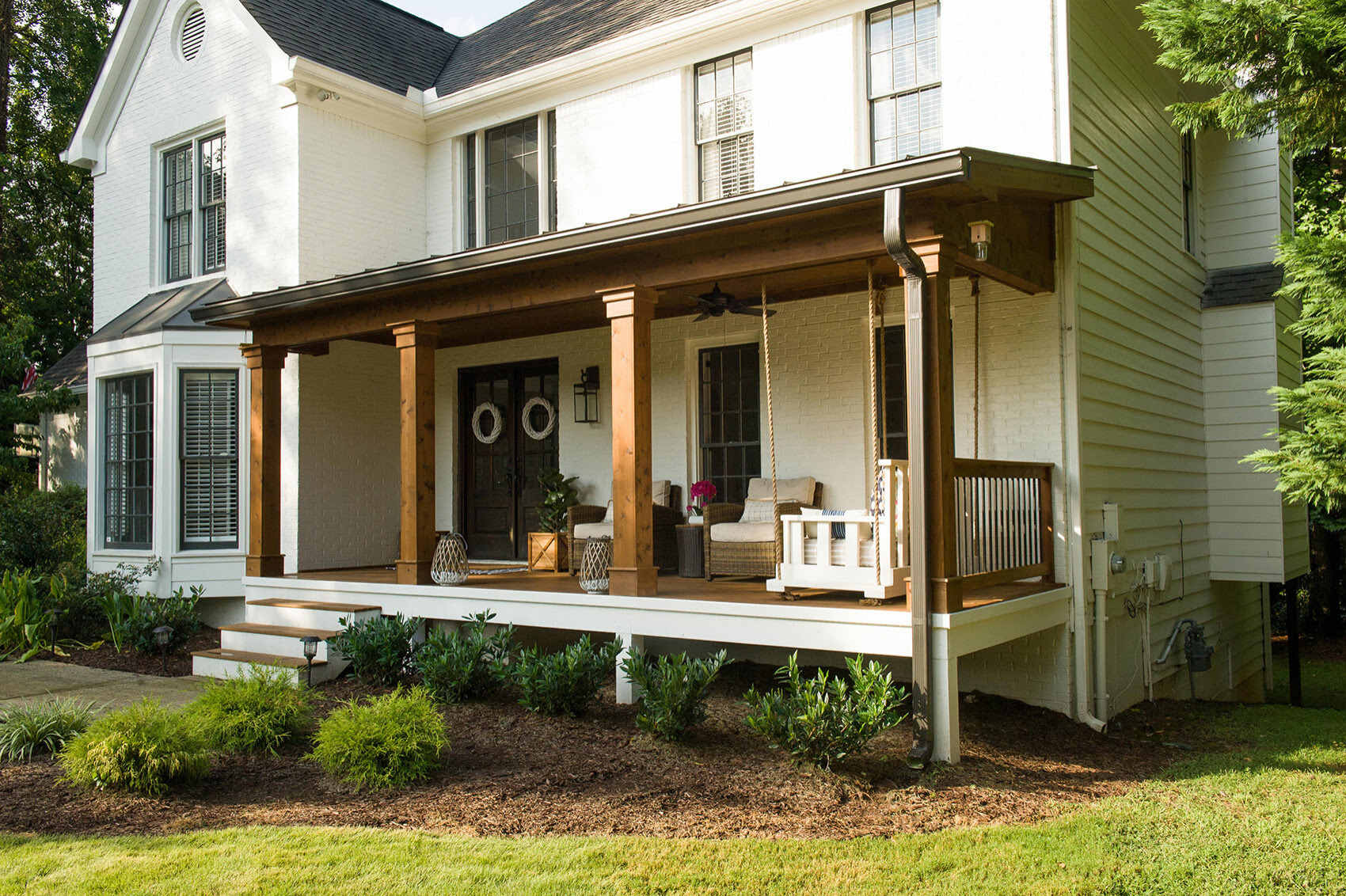
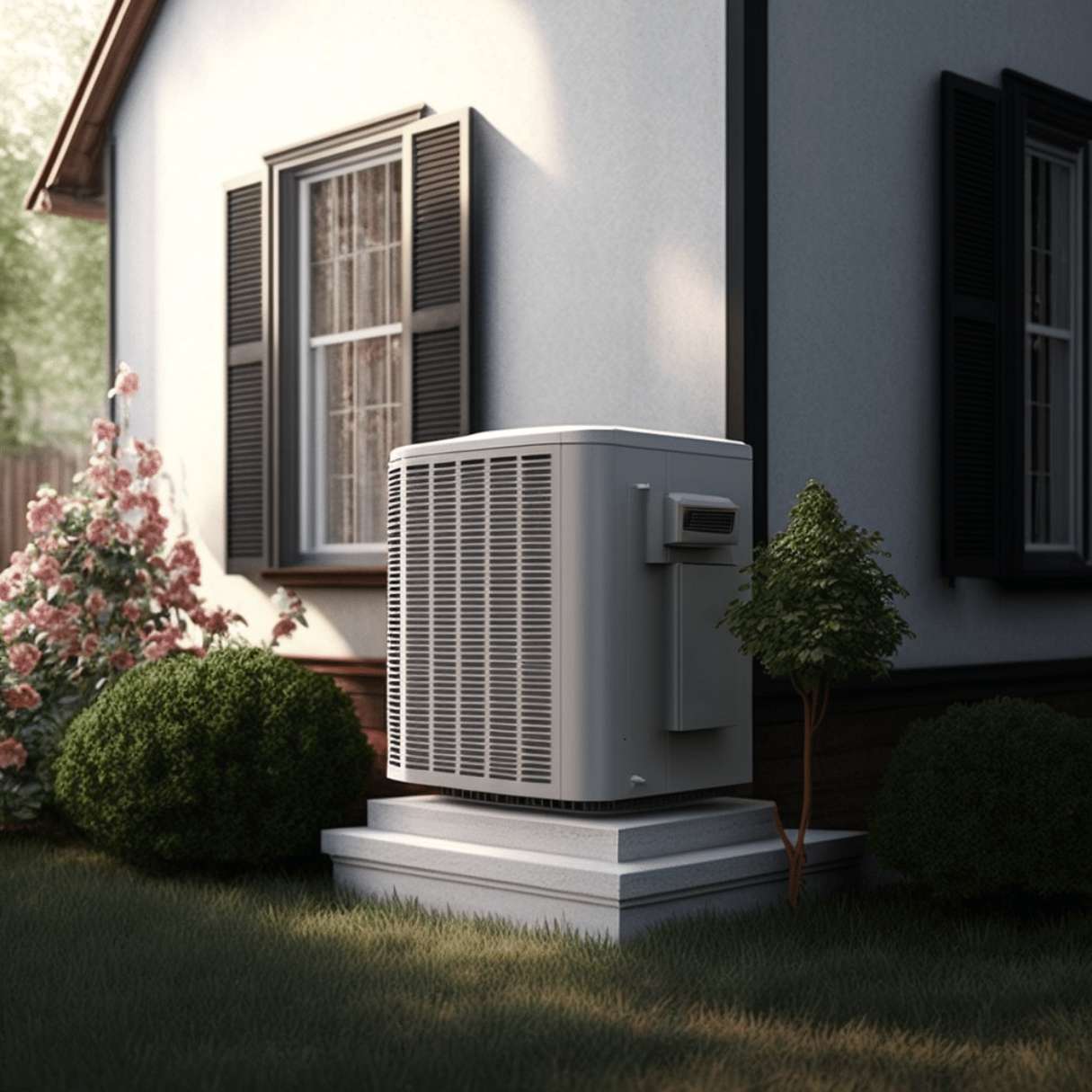
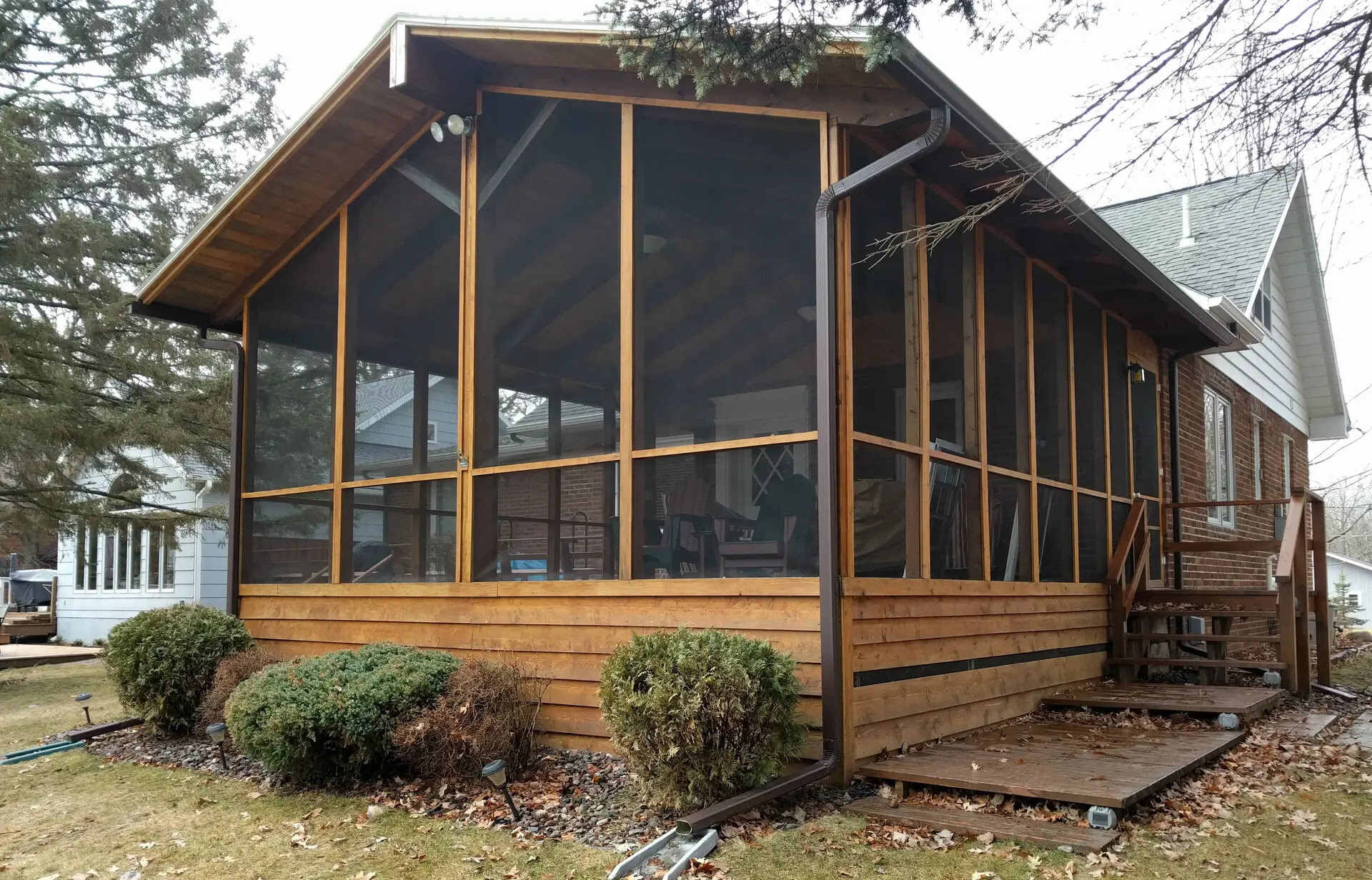
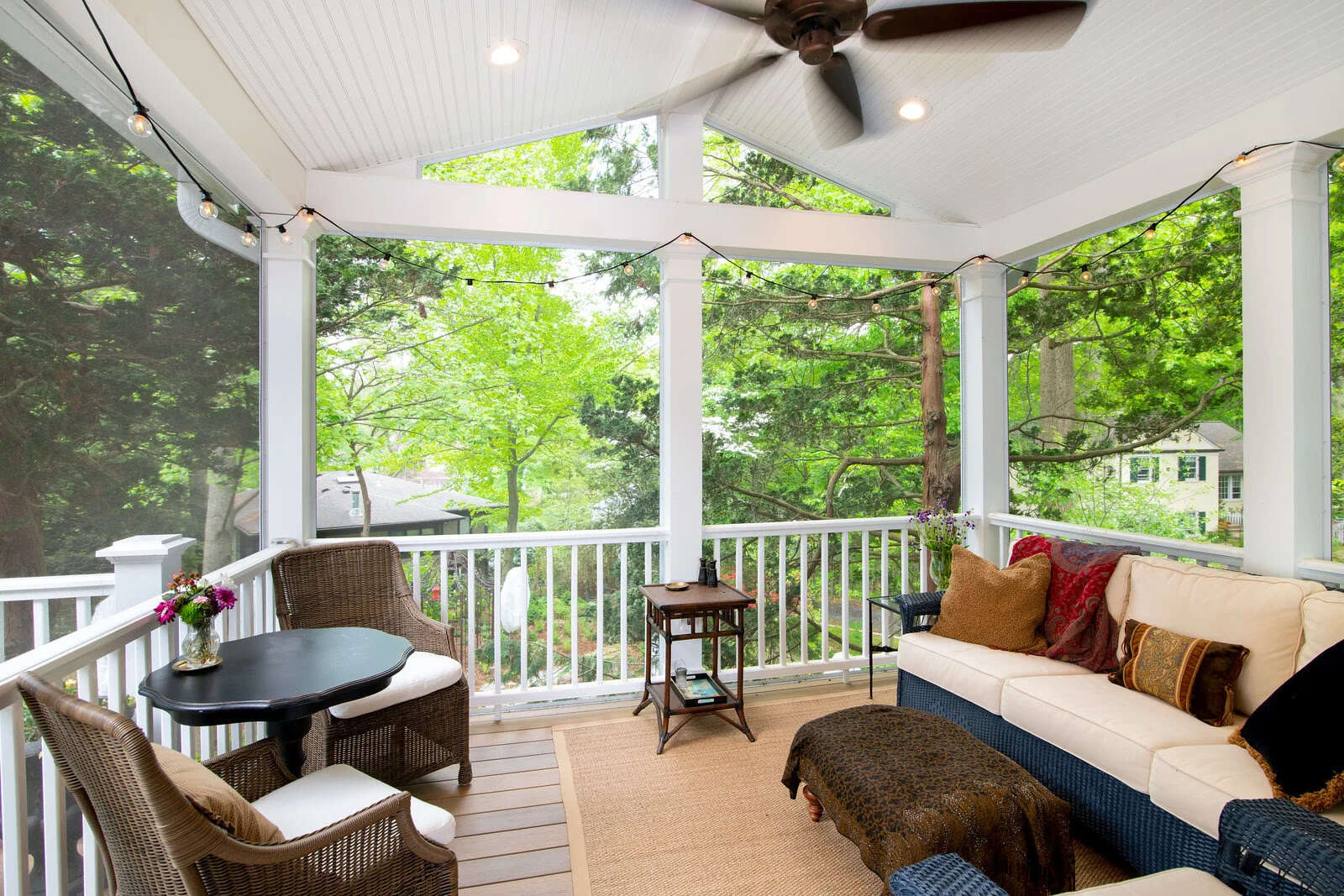
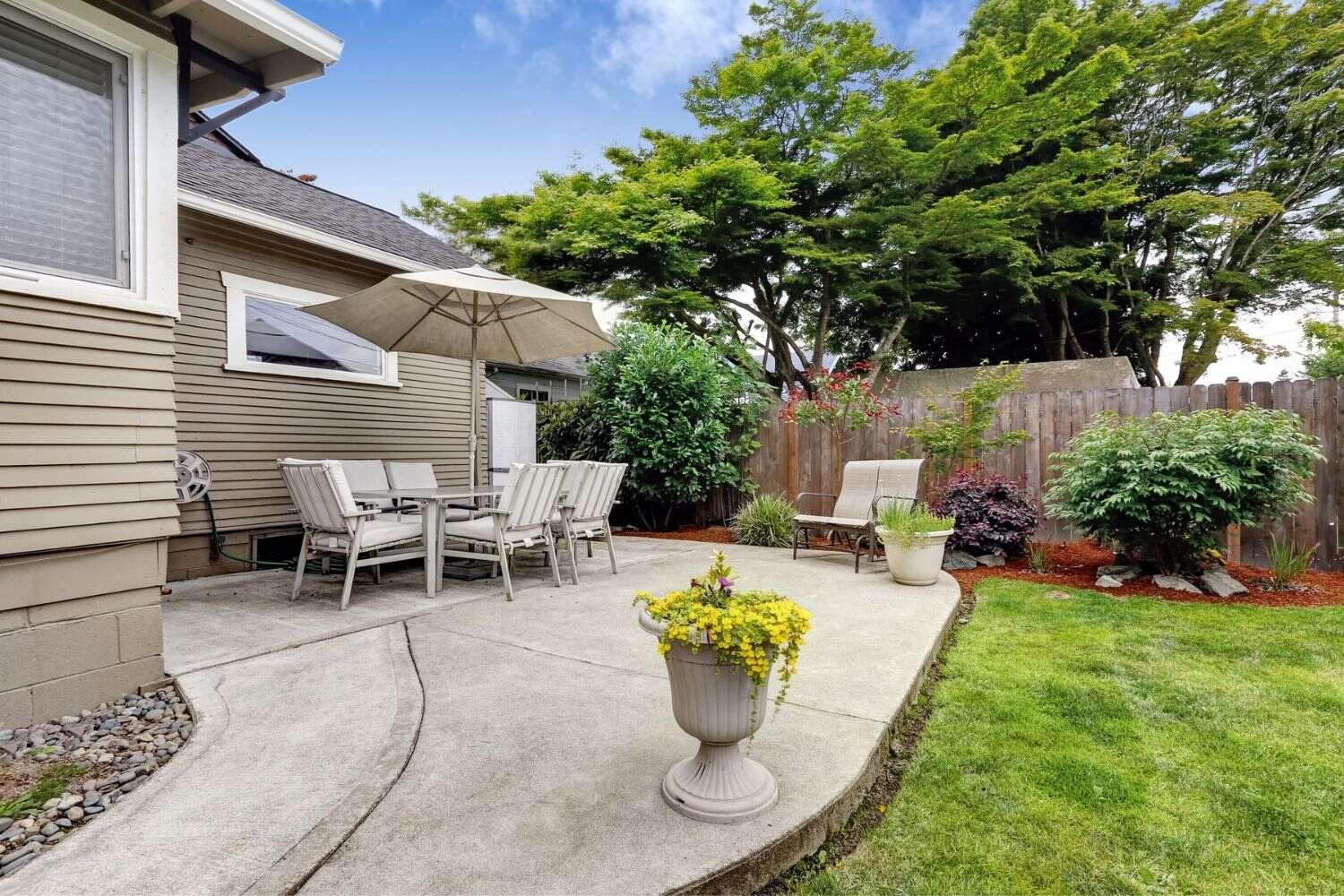
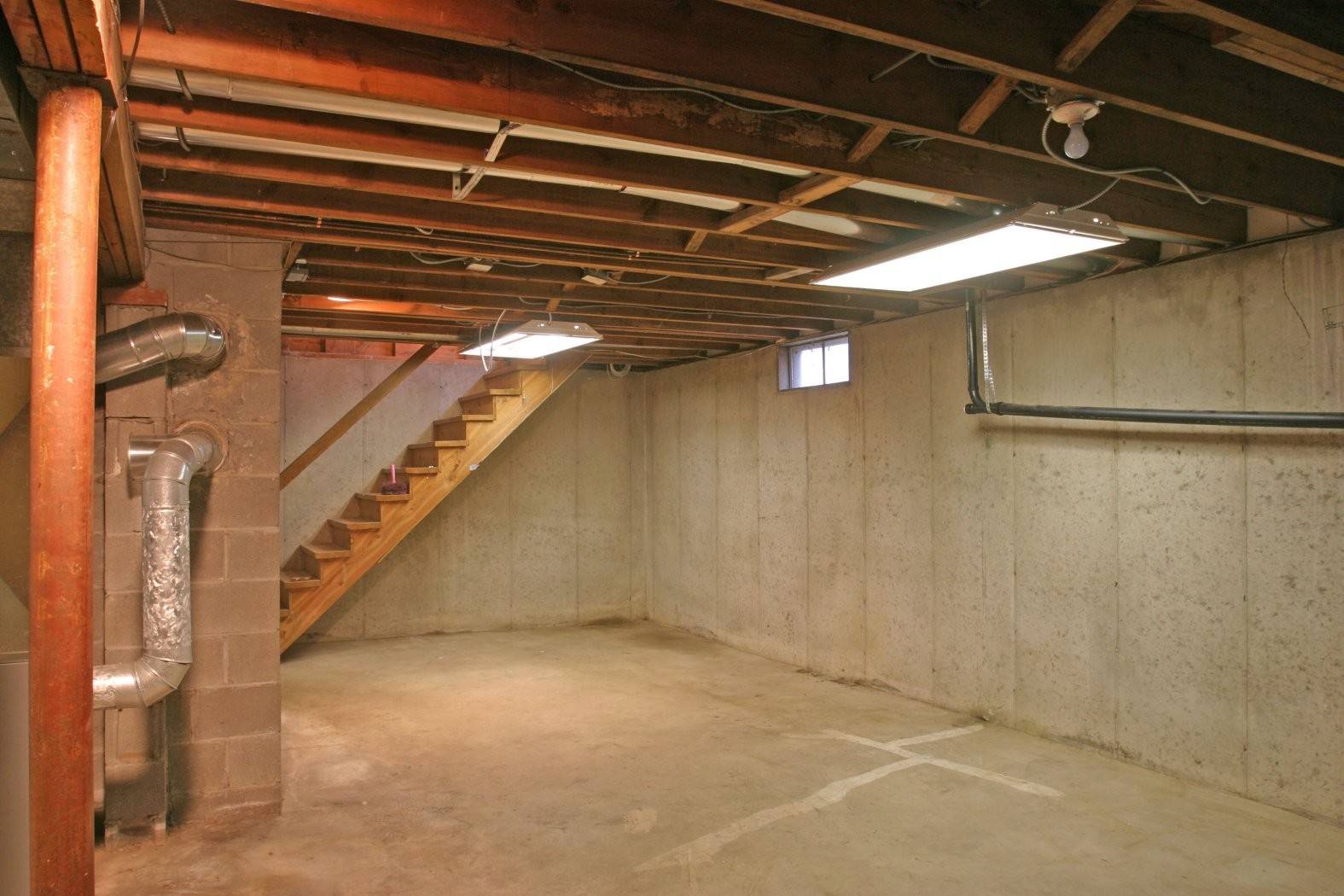

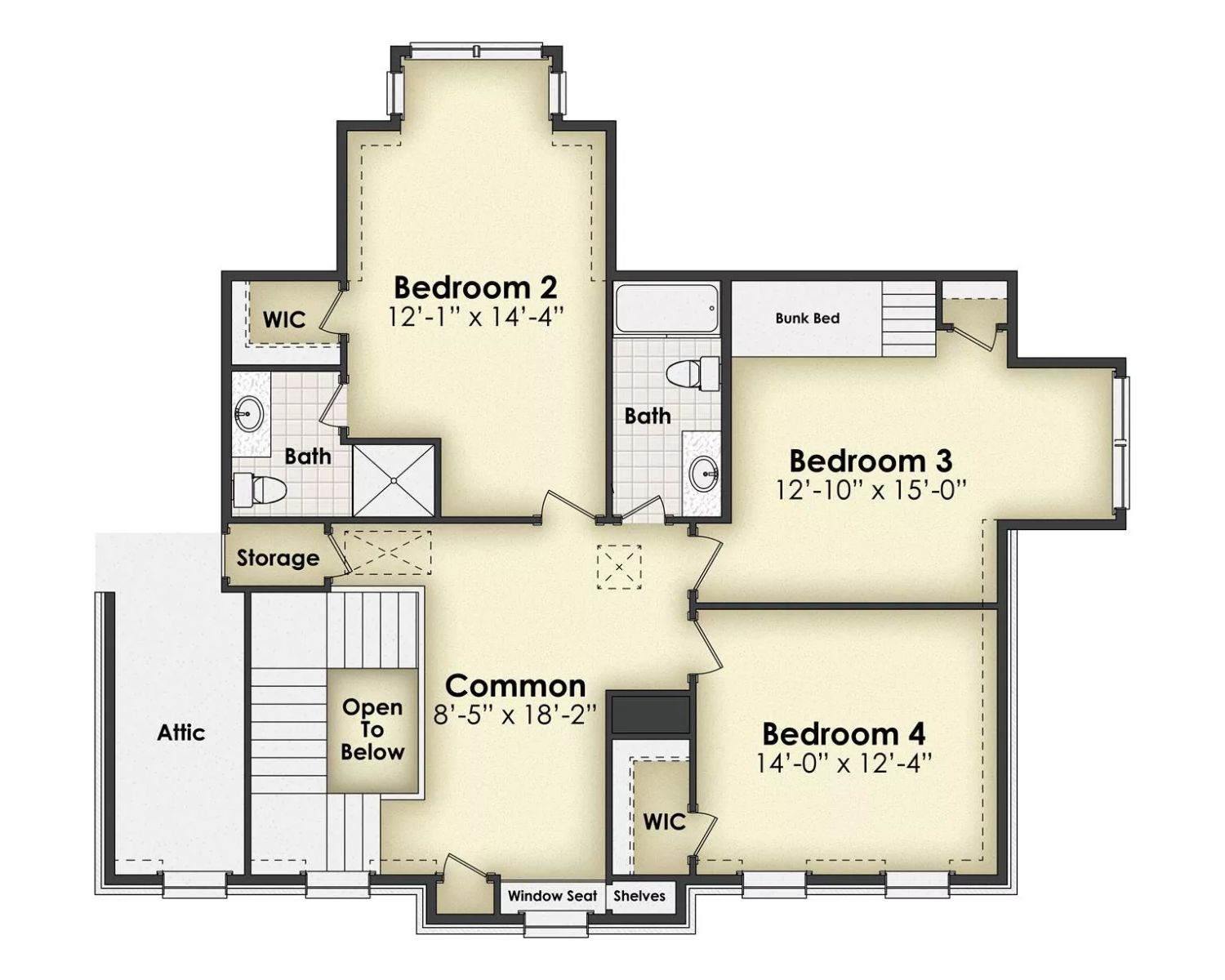

0 thoughts on “How Much Does House Design Cost”